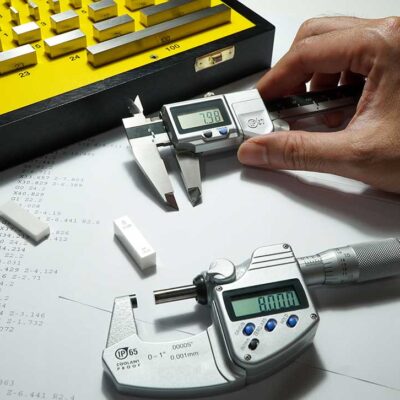By definition, industrial metrology ensures the control of the manufacturing process of the product in order to guarantee its quality and conformity. As with maintenance, this activity is conditioned by the need to take regular measurements, calibrations and precise rhythmic readings.

There are many synergies between the two activities, to the extent that in many factories the two professions work within the same team. However, it is clear that the digitalisation of metrology is not keeping pace with that of maintenance.
One of the solutions proposed today is the integration of metrology into maintenance software. Let’s see what the advantages are and, above all, the conditions for a successful cohabitation of the two disciplines within the same tool.
The strong link between metrology and maintenance
In industry, metrology is used to guarantee the measures taken during various processes, particularly the manufacturing processes. Its objective is to guarantee quality production compliant with the imposed standards and customer specifications. Maintenance is a guarantee for the operational availability of the production.
It ensures that the result is within the regulatory standard to avoid loss of accuracy, detect possible errors and ensure that the use of the control devices is stable over time. These checks will both optimise maintenance tasks and ensure they are appropriate. It is essential that they are planned so that
they do not interfere with each other or with other tasks and that effective quality control is maintained.
Metrology and maintenance are therefore intrinsically linked. This justifies the need to build a bridge between
the two services in order to have a global visibility on the ongoing operations.
How CMMS can - and must! - integrate metrology
CMMS (Computerised Maintenance Management System) allows the retrieval of data from the equipment referential in place in order to trigger possible work by maintenance teams.
It should be noted that the metrology reference system is already present (because it is common) in the maintenance reference system – i.e. in the current CMMS for the equipment to be kept.
For manufacturers, it becomes interesting (and even quite logical) to exploit existing data by choosing to integrate metrology into the maintenance software. However, this means meeting certain conditions.
Firstly, metrologists must “find their way” in the use of such software. The CMMS must integrate a module adapted to their profiles at different levels:
- relevant performance indicators: value ranges, high and low values,
- new type of equipment: for example, standards
- new reports to describe the health of the equipment: calibration, validity etc.
- adapted reporting,
- screens that speak their language: metrology lexical field.
Secondly, the two activities must communicate with each other via the software whether it be at the level of planning, data or job requests, in or to optimise the time of each and create synergies during physical interventions.
The objective is to ensure a global functional coverage between maintenance and metrology.
Heading for metrology 4.0?
The arrival of IoT technologies saves precious time, particularly in taking measurements. However, metrology is and always will be a field job: equipment must be moved to the laboratory and immobilised for calibration. However, it is possible to save time in metrology by using the mobility and IoT functions of CMMS. Only the machines that need it will then be taken to the laboratories.
Metrologists can thus refocus on data analysis and on questions with high added value: Why do the values
evolve in such a way? What are the factors that lead to this result?
These are all questions that lead systematic metrology to become preventive, on a path already taken by
maintenance.
But before talking about metrology 4.0, manufacturers and editors of IoT solutions still need to develop their
mathematical models. To achieve this goal, it would be necessary to be able to optimise the measurements in order to calculate a specific evolutionary curve linked to the subtleties of the science of metrology.
In conclusion, good knowledge of the equipment and its evolution is a necessity for the maintenance department, particularly for the metrology activity. It is essential to have a tool that improves the reactivity of the teams and adapts to the activity of the metrologists.
By choosing a CMMS capable of managing metrology, you combine two tools in one in order to centralise the management of equipment maintenance including measurement equipment in a single reference system.
Interview with an expert – Laurent Crétot, Sales & Marketing Director at Siveco Group





